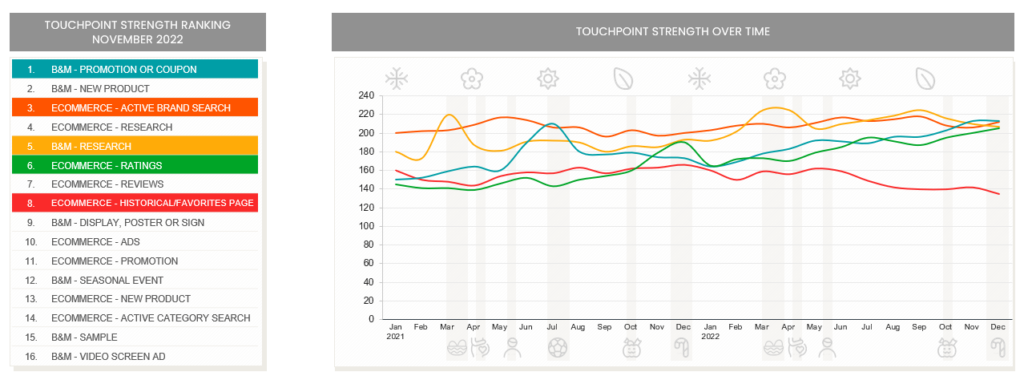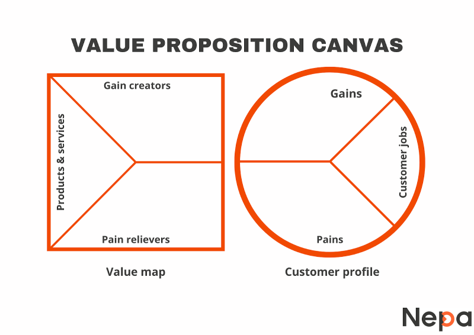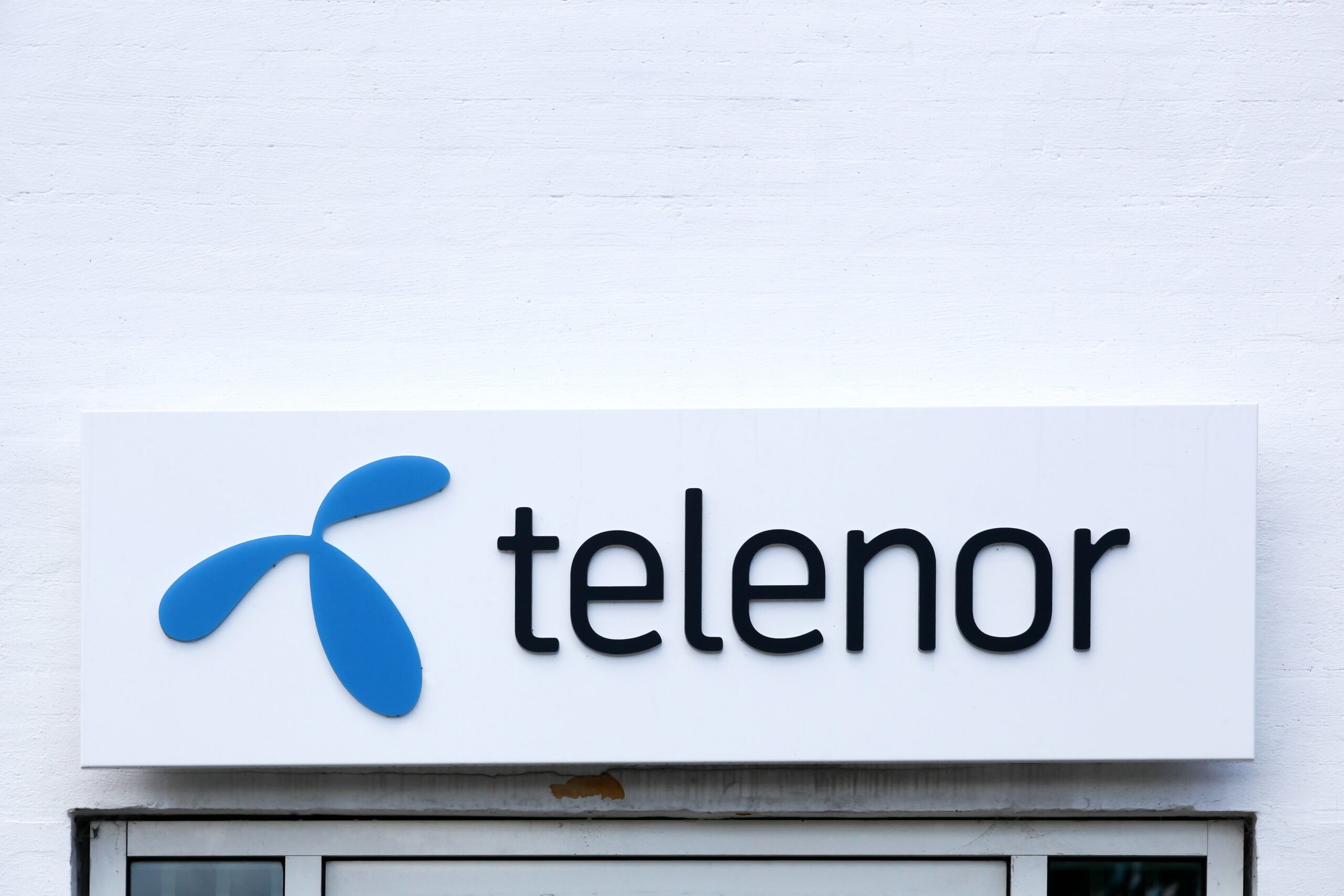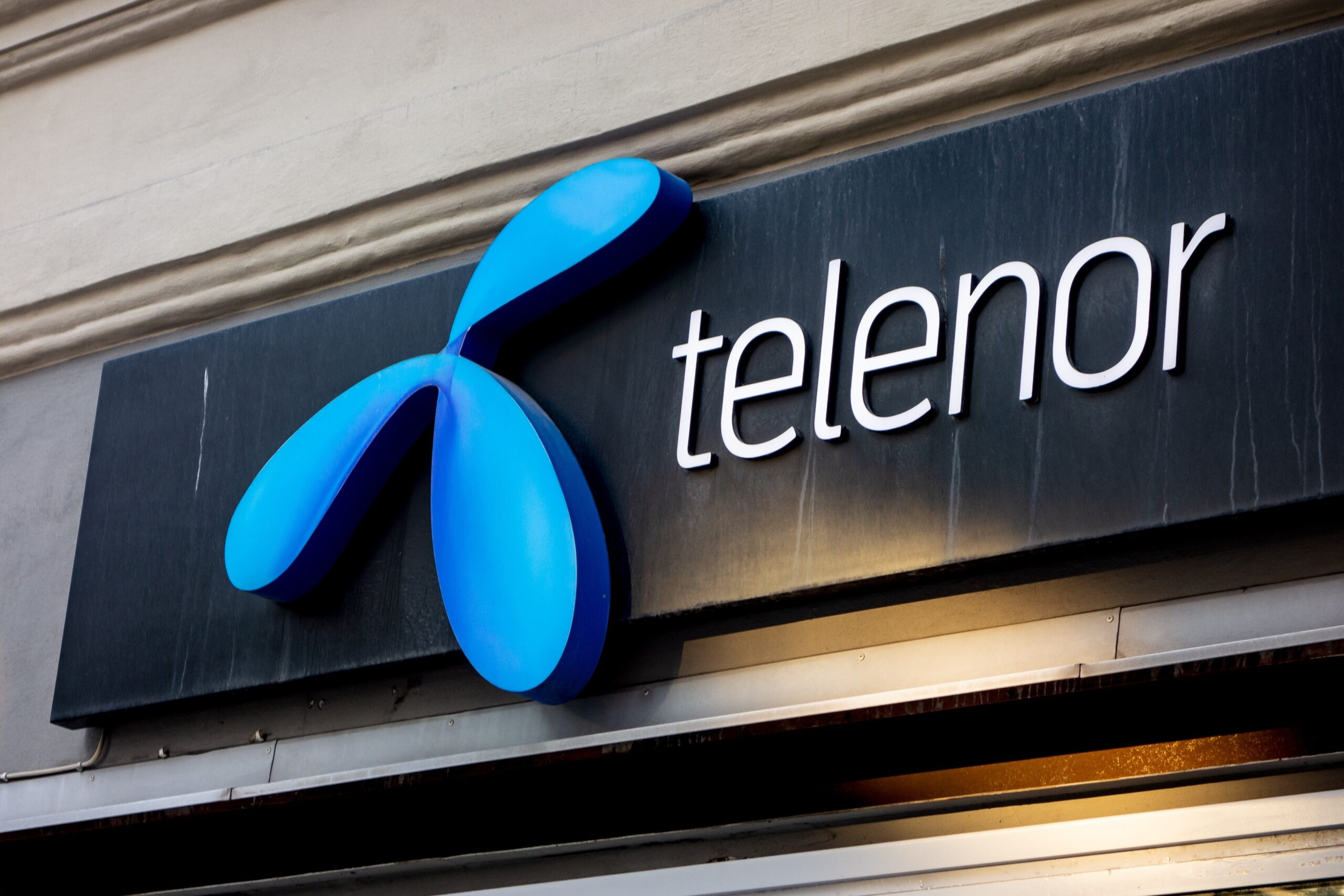When interpreting consumer data insights, it’s essential that it translates into usable and understandable information. The clearer the information is, the better change you have of understanding what makes your consumers tick.
In 2022, consumers are becoming increasingly complex to understand, and to identify what is of value to them. The success rate of new products hitting the market and failing (estimated to be around 72%) is testament to this. However, one effective method to visually map consumer value is the Value Proposition Canvas.
As its name suggests, Alex Osterwalder developed the Value Proposition Canvas to break down value proposition into distinct parts, such as gains and pains. This enables marketers to address each factor individually and build a comprehensive proposition of value to consumers.
Simply put, it’s one of the best tools out there to interpret consumer data and map your products and services to their values and needs. Keep reading to find out how it can help your business!
What are the benefits of the Value Proposition Canvas?
The Value Proposition Canvas is crucial to a marketing strategy as it makes decision making and positioning much more methodical and easier. Using the canvas, companies can reassess strategy and positioning according to consumer values. But what are the benefits of the Value Proposition Canvas to an organisation?
Focused planning
The Value Proposition Canvas is a visual framework which maps out a consumer’s values right in front of you. Whereas ordinary, with ideas flowing in a creative team, it can be easy to lose track of what is important to the consumer. Keeping the canvas in mind removes these product-killing distractions from the equation and keeps businesses focused on what’s important to the consumer.
Improves marketing outreach
Promoting a product or service takes a lot of effort and resources in marketing and branding. At this stage, it’s essential to build a strong brand image in order to cement your business in the consumer consciousness. The Value Proposition Canvas is an ideal framework for doing this, as it highlights what to focus on and builds an action plan around that. This makes efforts to capture the attention of the desired consumer base much more effective.
Strong customer involvement
To have an effective brand, plenty of customer engagement is needed. To do this requires customer orientation which is only truly achieved from understanding and satisfying consumer needs and values. The Value Proposition Canvas connects these factors together, which can easily be extrapolated into a marketing strategy. Through conveying a strong value proposition, a brand can build strong relationships with the consumer.
Simple and practical
The beauty of the Value Proposition Canvas is that it lays out a simple overview of what your consumers really care about. Because of this, it’s a very effective marketing tool in which conveying true value to consumers becomes simple and effective.
The structure of a Value Proposition Canvas
So now you know why the Value Proposition Canvas is so effective, what does it look like and how is it used? At a glance, the canvas is simply a square, representing the value and a circle, representing the customer. It’s a simple structure but conveys the needs of the consumer and how to deliver them. However, within these shapes lie individual segments which each play a key role in determining value.
The customer profile
The customer side of the canvas is comprised of three segments that enable you to think as the end consumer does:
Jobs
Jobs are classed as tasks that the consumer is looking to solve – whether emotional, functional or social. These can be broken down into their basic psychological elements to determine why a consumer devotes efforts to these tasks. For example, social jobs are dictated by external societal conventions, leading to fear, optimism or aspiration. This would include buying an expensive coat for associated status.
Continuing the analogy, a functional job would be wearing said coat on a cold day for warm.
Emotional jobs would relate to how we feel when using a product. E.g. the feeling when we wear the coat.
Defining customer jobs can be a difficult task as they can often overlap, leaving a large grey area. Asking the right questions is the best way to define the jobs of your customer base. But, which are the right questions to ask?
– What function are the customers trying to perform?
– What social goals do your customers want to achieve?
– What are the emotional goals of your customers?
– Which jobs leave them feeling satisfied?
– How do the customers aspire to be perceived?
– How do the customers feel?
Gains
This relates to the positive aspects the customer wishes to achieve from purchase. A gain can be anything from the ordinary to existential. They are factors which encourage a customer to take up the product or service. What questions should be asked to identify the gains?
To define customer gains, try asking:
– Are time, money or effort factors that make your customers feel happy
– What are the expectations of the customer? How can these be managed or surpassed?
– What factors will simplify the work or wider life of your customer?
– What are the social aspirations the customer is seeking?
– What extras are they looking for?
– How would these gains improve the customers lifestyle?
Pains
These are the factors which prevent customers from finishing a job. These can range from light to severe but always block the customer from achieving their goal. Successful products or services typically unblock the customer’s pains and satisfies their jobs. This is the goal to which to aim for. But what are the questions which identify customer pains?
Questions which help to identify these blocks include:
– What does the customer perceive as costly?
– What makes them feel bad?
– Why don’t the current solutions suit the customer?
– What are the primary challenges your customer is facing?
– What social factors does your customer fear?
– Does the customer have financial, social or technical fears?
– What is stopping the customer from overcoming these fears?
The value map
Once you have completed the portrait of your customer, their values and underlying traits, you can map this into the square part of the canvas, which is where the value proposition is formed. In this, the product features can be constructed around what has been discovered about the customer, including its FAB’s- features, advantages and benefits. Keep in mind that the aim here is to fulfil the profile in the circle. The square is constructed of three distinct areas, products and services, pain reliever and gain creators.
Products and services
What features and products will be provided in order to complete their jobs? This is the section to list all these factors down. This is a good place to map out product or service variants also, including varying packages or trail periods.
Pain relivers
Building on the identified causes of pain to customers, this section focuses on how to relieve those blocks- as the name suggests. These relievers may vary for the various pains identified, so expect to have multiple relievers. It’s important to adopt the KISS philosophy here and keep it simple. The canvas is designed to keep things simple and straightforward. When listing the relievers, short notes are a lot more effective than extensive details.
What questions can guide identification of pain relievers?
– What savings does the product or service provide? Time, money or effort?
– Is the emotional state of the customer improved?
– Does it build on the shortfalls of existing solutions?
– Does it unblock the difficulties faced by the customer?
– Does the product or service allow the customer to overcome the social consequences and fears that hold them back?
– Does it reduce the risk the customer is afraid of?
Gain creators
Perhaps most importantly, this is the part where the value built around the product or service is conveyed back to the customer. Think of how this helps the customer achieve their goals. It’s important to keep this part simple and list everything that improves the user experience.
Questions to ask in this stage of the process include:
– Can the product or service create savings?
– Will this make the customer happier?
– Does it meet the expectations of the customer?
– Is it desirable to the customer?
– Does the product reflect the values of the customer?
– Will it create positive results amongst the customer base?
– Does it exceed the current solutions?
How to fill the Value Proposition Canvas
With an understanding of what each segment of the canvas does to help build a value proposition, the next step is to understand how to fill the canvas to one’s own ends.
1. Begin by choosing a customer segment to focus on. This is something that should already be established with detailed pen portraits.
2. List all the jobs relating to that segment and then rank based on priority to said segment.
3. Identify the segments pains and rank them.
4. Identify the segments gains and rank them.
5. Pick the top 5 most important pains and gains that affect the most important jobs.
6. Moving over to the square part of the canvas, list all the benefits of your product.
7. Based on the benefits, break them down into two lists.
8. List the gain creators
9. List the pain relievers
10. Analyse these creators and relievers, select the top three that make a positive impact to the customer segment.
11. Differentiate yourself from the competition and list all the ways you are better.
12. Combine the produced information to form value propositions that will resonate with your customers, build trust and make them brand advocates.
13. Check that the value propositions are free of any confusing jargon and that the message is easily understood.
14. Test the value proposition with the customer segment. Either with a launch or more methodically with focus groups and other testing methods.
How to get a fit between the Value Proposition Canvas and customer profile
Getting a fit between your customer profile and the value proposition canvas can be a challenge but should never be forced. Instead, the best way to do this is by putting yourself in the customers position to understand their pains and gains. It’s about asking as many questions about said customer to build up an accurate profile. The more accurate the profile is, the closer the fit when mapped on to the canvas.
One this is completed, it’s important to reach out to this customer segment to validate findings and assumptions. From here, businesses can gauge and make adjustments on how their proposition fits to said segment. This process should be repeated until the fit is the best it can be.
How to use the Value Proposition Canvas to identify opportunities for differentiation
Once the value proposition canvas has been mapped, opportunities can be identified to differentiate your product or service. To do so, pick 3-5 of the gain creators and pain reliever from the canvas. Form a proposition around how the benefits will solve the pains and jobs they need solving. Then it’s a matter of differentiating from competitors.
For example, taking Nepa, if a job to be done by our clients is forming a marketing strategy, a pain is lack of data and budget but a gain of purchasing consumer data insights creates gains of higher sales, creating brand presence and generally making the research process easier, this is the basic of building the proposition.
Pain relievers would be quicker, simpler and more accurate data insights and a gain creator would be better connecting to potential customers.
This establishes a clear profile of which customers to be targeting and value propositions can be constructed appropriately.
When to use the Value Proposition Canvas
If you’re not sure what your value proposition is, or if you want to ensure that your value proposition is clear and concise, then a value proposition canvas can be a helpful tool. Additionally, if you’re looking to create a new value proposition or improve an existing one, the canvas can be used as part of the process.
Common occasions when a business may choose to utilise a value proposition canvas include:
– Upon launching a new business
– Upon launching a new product or service
– When revising a product or service that’s not performing as well as expected
– After executing market research for a product or service
Tips and tricks for using the Value Proposition Canvas
Treat each component as a separate entity
The Value Proposition Canvas breaks down purchase factors into separate entities. As such, you can only achieve a full understanding of your segment’s value proposition by completing it fully. Thus, to truly turn this product into a desire, it’s important not to skip any one segment.
Run every customer segment through this canvas
A classic business mistake is to believe that one size fits all, when it comes to value proposition. However, each segment will have their own pains and gains which could trigger completely different values. As such, a canvas should be undertaken for each segment the business has. Furthermore, this makes positioning much easier due to being more specific.
Put yourself in the customer’s position
From mapping out segment pains and gains in this much detail, it puts businesses in a unique position whereby they can put themselves in the customers predicament. To think as the customer does enables a business to know what the customer expects from the product and how it will satisfy them. A good way to start this process is by asking the 5 W’s:
1. What are they doing?
2. Where are they going?
3. What tools are they using?
4. Who is this segment?
5. When do they do this task?
Focus on what the customer needs
It’s important to bear in mind that not all customer pains and gains can be met. I can sometimes be harmful to a product’s success to do this. As such, focus on the top priorities that the business can meet. This helps to set goals when developing the product or service.
Closing thoughts
In conclusion, the Value Proposition Canvas is a powerful tool for any business. By clearly outlining the problem that your product or service solves, you can more easily identify and target your ideal customer.
Additionally, by articulating your unique solution and the results it produces, you can more effectively communicate the value of your offering. Ultimately, the Value Proposition Canvas can help you to simplify and streamline your sales process, making it more efficient and effective.
Get in touch with us today to learn more about how Nepa can assist your enterprise with valuable consumer insights data.



















